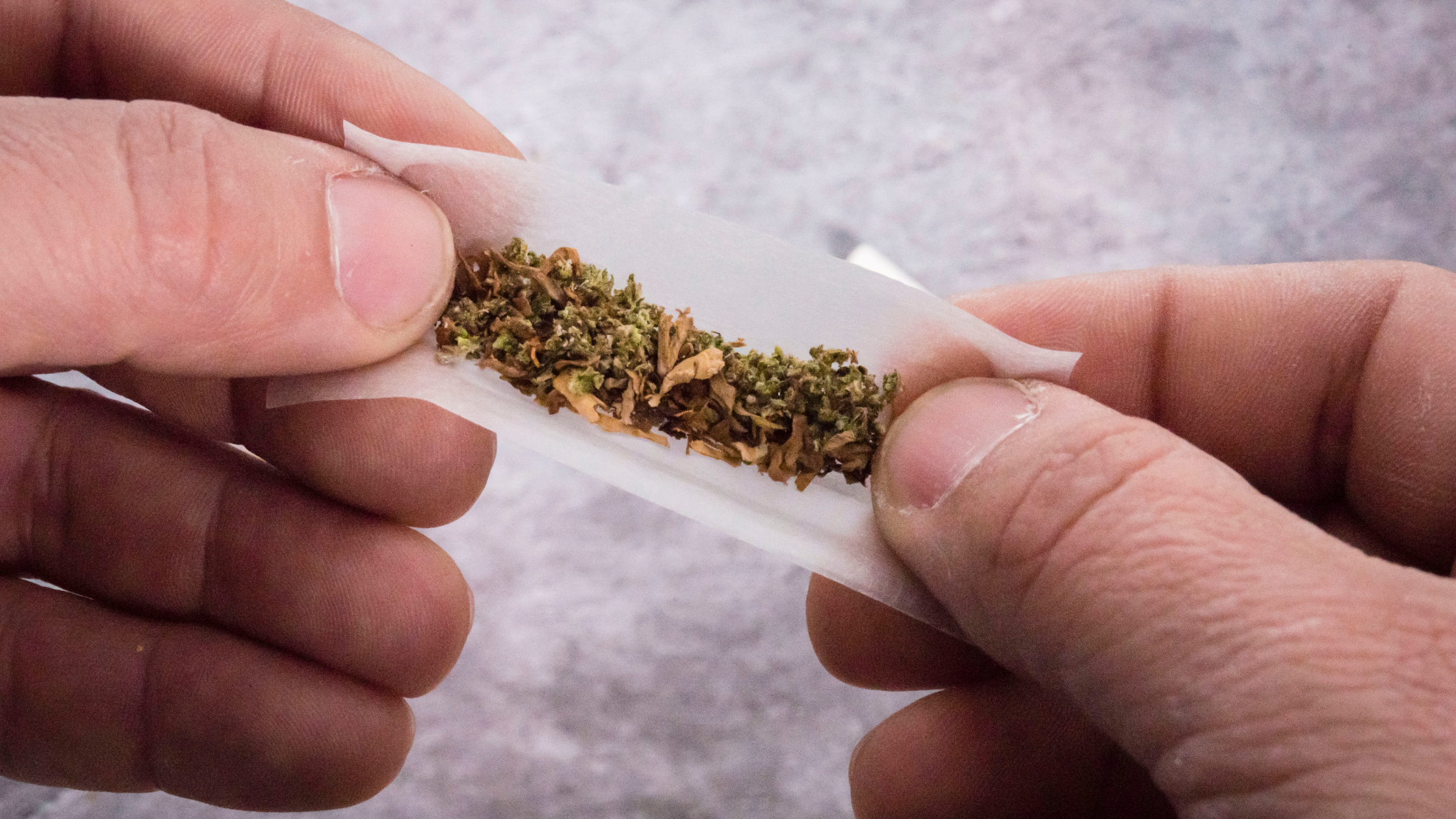Cannabis is legal in many states, and its use by construction workers is at an all-time high. Random drug tests, open communication, regular safety meetings, and access to resources are simple ways to maintain a cannabis-free job site.
Cannabis use and workplace safety
Cannabis use will likely never be eliminated entirely from the construction industry, but companies can take precautionary steps to mitigate risks.
Vigilance is key when trying to reduce cannabis use, as is regular drug testing. Having the proper chain of custody of drug tests (keeping them in trusted and reliable hands after the test) is also important because people will cheat on the tests.
Having a cannabis-free worksite creates a more sober project, with fewer unproductive work hours, fewer mistakes, and fewer accidents. Creating such an environment requires presence of mind, a proactive approach, and a plan of action that is followed.
Here are 7 ‘rules’ to follow to ensure your workplace remains drug-free.
7 steps to reduce workplace cannabis use
1. Implement random drug tests.
It’s tough to beat a drug test if you don’t see it coming, so periodically, randomly choose a few employees and conduct a drug test. It’s also important to ensure employees know the repercussions of being under the influence at work.
2. Use several types of cannabis tests
Swapping tests isn’t uncommon, which is why urine tests for cannabis shouldn’t be the only tests used.
Swab tests are tougher to cheat on since the test is performed with others present. Still, allowing tests to be switched or tampered with will effectively nullify the point of the tests—to discourage and spot workers’ cannabis use.
3. Encourage open lines of communication
Snitching is typically frowned upon, but if it saves a life, it’s worth it. Being under the influence of drugs or alcohol on the job site doesn’t only endanger the worker’s life—it also endangers the lives of everyone around.
If you know someone on your job site is under the influence, let someone know. Preventing drug-related accidents through open communication and awareness will also decrease the chance of job site shutdowns due to OSHA investigations.
4. Raise awareness
Regular safety meetings shouldn’t just be about machine operation safety—drug safety should also be included. Sober workers are safer workers.
5. Ensure access to resources
Employees should have equal access to health and mental health resources—therapists, addiction programs, health professionals, insurance coverage, etc.
6. Encourage guidance
Speaking from experience is one of the best ways to show support. If there are recovered addicts on your job site, encourage them to speak up and help others. People in recovery know the signs of addiction and may be the first to spot workers struggling with similar problems.
7. Implement strict drug-use policies
Alcohol and drug policies are a must, and a zero-tolerance policy should be implemented and upheld—a lack of enforcement or consistency is grounds for trouble.
When it comes to curbing cannabis use in the construction industry, having a clear plan of action is imperative. Stick by the company’s established rules and issue warnings to workers who are caught under the influence. And if needed, hand them a pink slip if they cannot comply.


